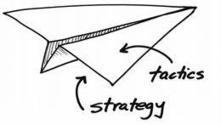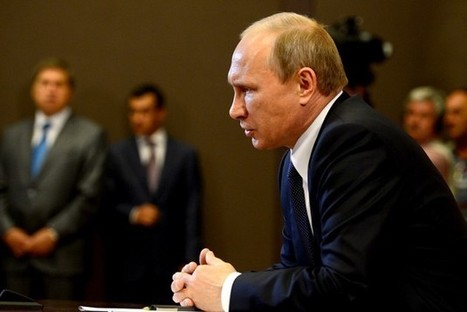Two of the most common words in the flack’s vernacular (next to coffee) are strategy and tactic.
According to Michael Porter, strategy leader and author of Competitive Advantage: Creating and Sustaining Superior Performance,
“Competitive strategy is about being different. It means deliberately choosing a different set of activities to deliver a unique mix of value.”
The conundrum in this industry is that, although you have to think (strategy) before you do (tactic) anything, these two terms are often used interchangeably. It seems “being different” is understanding the difference in the first place."
This should help…
In short, a strategy is a larger, overall plan that can comprise several tactics, which are smaller, focused, less impactful action items that are part of the overall plan. Without a great strategy, there are no good tactics....



 Your new post is loading...
Your new post is loading...

















You'd think these days there wouldn't be the need to explain strategy vs. tactics. But just in case you missed the memo in college or university, here it is again. And if you want help remembering it, just remember the paper airplane at the top of this article. Great visual!